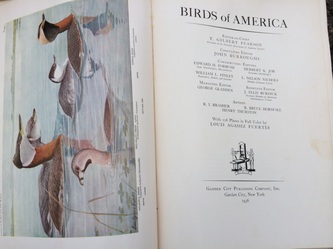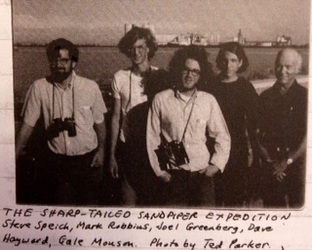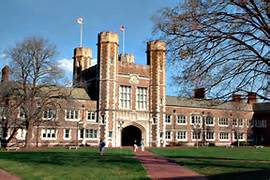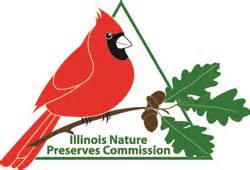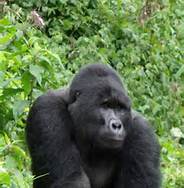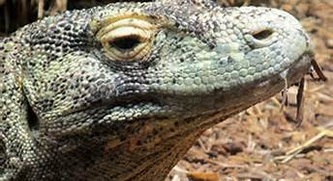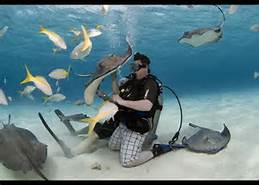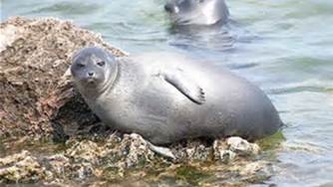Fledgling and Habitat
I have been interested in animals and natural history most of my life. I can’t say for sure when it started. At five or six, my parents gave me a Steiff toy okapi and I was soon regaling relatives with the story of how the species first came to the attention of westerners. Later, there was a monarch caterpillar that I foolishly housed in a small Skippy peanut butter jar. It created its brilliant emerald chrysalis, but upon emerging, the butterfly had nowhere to go and perished with its wings yet furled. My dad took us to Montrose Harbor on Lake Michigan where we caught yellow perch (he could still remember how years earlier he would occasionally hook a whitefish). And while fording a creek on horseback at camp in Shasta County, California, I glimpsed a dipper as it launched itself from a boulder and flew downstream. But if I had to set a specific time when this broad interest coalesced into an abiding passion it was probably that day in November 1966 when I went on my first birding trip and saw six long-eared owls comfortably ensconced within the boughs of a Northbrook (IL) blue spruce.
I have lived most of my life in the Chicago region: Skokie, Mt. Prospect, Chicago (Jefferson Park), and now Westmont. In seventh grade, while a student at Skiles Junior High School in Evanston (though a resident of Skokie, we were part of the Evanston school district), I took a course entitled “Audubon” taught by the inspiring Mr. Harris. That class proved to be extremely important to me for while doing research on a term paper I learned of the Evanston North Shore Bird Club. My father contacted the club and put me in touch with Richard Horwitz, then a senior in high school, who took me on that first birding trip in November 1966
I have been interested in animals and natural history most of my life. I can’t say for sure when it started. At five or six, my parents gave me a Steiff toy okapi and I was soon regaling relatives with the story of how the species first came to the attention of westerners. Later, there was a monarch caterpillar that I foolishly housed in a small Skippy peanut butter jar. It created its brilliant emerald chrysalis, but upon emerging, the butterfly had nowhere to go and perished with its wings yet furled. My dad took us to Montrose Harbor on Lake Michigan where we caught yellow perch (he could still remember how years earlier he would occasionally hook a whitefish). And while fording a creek on horseback at camp in Shasta County, California, I glimpsed a dipper as it launched itself from a boulder and flew downstream. But if I had to set a specific time when this broad interest coalesced into an abiding passion it was probably that day in November 1966 when I went on my first birding trip and saw six long-eared owls comfortably ensconced within the boughs of a Northbrook (IL) blue spruce.
I have lived most of my life in the Chicago region: Skokie, Mt. Prospect, Chicago (Jefferson Park), and now Westmont. In seventh grade, while a student at Skiles Junior High School in Evanston (though a resident of Skokie, we were part of the Evanston school district), I took a course entitled “Audubon” taught by the inspiring Mr. Harris. That class proved to be extremely important to me for while doing research on a term paper I learned of the Evanston North Shore Bird Club. My father contacted the club and put me in touch with Richard Horwitz, then a senior in high school, who took me on that first birding trip in November 1966
Getting here
Every college I went to was based on where I could see birds: University of Arizona, William and Mary, and Humboldt State University. (The birding adventures that my comrades and I had in Tucson in 1972-3 are covered well by Kenn Kaufman in his delightful Kingbird Highway) After a bachelor’s degree in political science from Humboldt State, I lived for most of five years in St Louis where I received a JD and MA (Technology and Human Affairs) from Washington University (where admittedly my attendance was based on more mainstream criteria than potential life birds.). I have been employed by such governmental agencies as the Public Interest Bureau of the Cook County State’s Attorney’s Office, Illinois Nature Preserves Commission, City of Chicago’s Department of Environment, and the Forest Preserve District of Du Page County. As a consultant, clients have included the U.S. Army Corps of Engineers, Prairie Island Indian Community, Wetlands Research Inc., U.S. Fish and Wildlife Service, Integrated Lakes Management, and Barr Engineering.
Beginning in the fall of 1983, my mother and I spent uncounted Saturdays in the Chicago Historical Society Library collecting information for what would become A Natural History of the Chicago Region. It took a long gestation period for the book did not become a reality until June 2002. Those years of research, observations, and writing helped set my particular focus on that ecotone where nature and people come together. How humans impact and perceive other organisms are what my last three books deal with.
Every college I went to was based on where I could see birds: University of Arizona, William and Mary, and Humboldt State University. (The birding adventures that my comrades and I had in Tucson in 1972-3 are covered well by Kenn Kaufman in his delightful Kingbird Highway) After a bachelor’s degree in political science from Humboldt State, I lived for most of five years in St Louis where I received a JD and MA (Technology and Human Affairs) from Washington University (where admittedly my attendance was based on more mainstream criteria than potential life birds.). I have been employed by such governmental agencies as the Public Interest Bureau of the Cook County State’s Attorney’s Office, Illinois Nature Preserves Commission, City of Chicago’s Department of Environment, and the Forest Preserve District of Du Page County. As a consultant, clients have included the U.S. Army Corps of Engineers, Prairie Island Indian Community, Wetlands Research Inc., U.S. Fish and Wildlife Service, Integrated Lakes Management, and Barr Engineering.
Beginning in the fall of 1983, my mother and I spent uncounted Saturdays in the Chicago Historical Society Library collecting information for what would become A Natural History of the Chicago Region. It took a long gestation period for the book did not become a reality until June 2002. Those years of research, observations, and writing helped set my particular focus on that ecotone where nature and people come together. How humans impact and perceive other organisms are what my last three books deal with.
Out of Range
I have been fortunate to have been able to travel internationally in pursuit of nature goals. Some of the most remarkable experiences I ever had occurred while on these trips. While observing a band of gorillas in Rwanda, a youngster slid through a shrub and brushed my arm. A ring-tailed lemur at Berenty in the south of Madagascar climbed up my tripod and the songs of indris entranced as they seeped through mists of the Perinet rainforest. After huddling on a river bank for an hour or so in the rain, somewhere on the Atherton Tableland, a companion and I were rewarded as a reliable platypus made its way slowly upstream. While cruising the shoreline of Komodo with a guide, crew and a group of friends, we watched in wonderment as a seven foot-long monitor padded along a deserted beach (“there be dragons”). Also on a boat, except this time in Lake Baikal, a group of nerpas, the world's only exclusively fresh-water seal, provided leisurely looks. I also took up scuba diving, and had a chance to explore the glorious world of the wet at several destinations in the Caribbean. (The waters off the Cayman Islands are clearer than the air in many cities, and probably safer to breathe.)
I have been fortunate to have been able to travel internationally in pursuit of nature goals. Some of the most remarkable experiences I ever had occurred while on these trips. While observing a band of gorillas in Rwanda, a youngster slid through a shrub and brushed my arm. A ring-tailed lemur at Berenty in the south of Madagascar climbed up my tripod and the songs of indris entranced as they seeped through mists of the Perinet rainforest. After huddling on a river bank for an hour or so in the rain, somewhere on the Atherton Tableland, a companion and I were rewarded as a reliable platypus made its way slowly upstream. While cruising the shoreline of Komodo with a guide, crew and a group of friends, we watched in wonderment as a seven foot-long monitor padded along a deserted beach (“there be dragons”). Also on a boat, except this time in Lake Baikal, a group of nerpas, the world's only exclusively fresh-water seal, provided leisurely looks. I also took up scuba diving, and had a chance to explore the glorious world of the wet at several destinations in the Caribbean. (The waters off the Cayman Islands are clearer than the air in many cities, and probably safer to breathe.)

